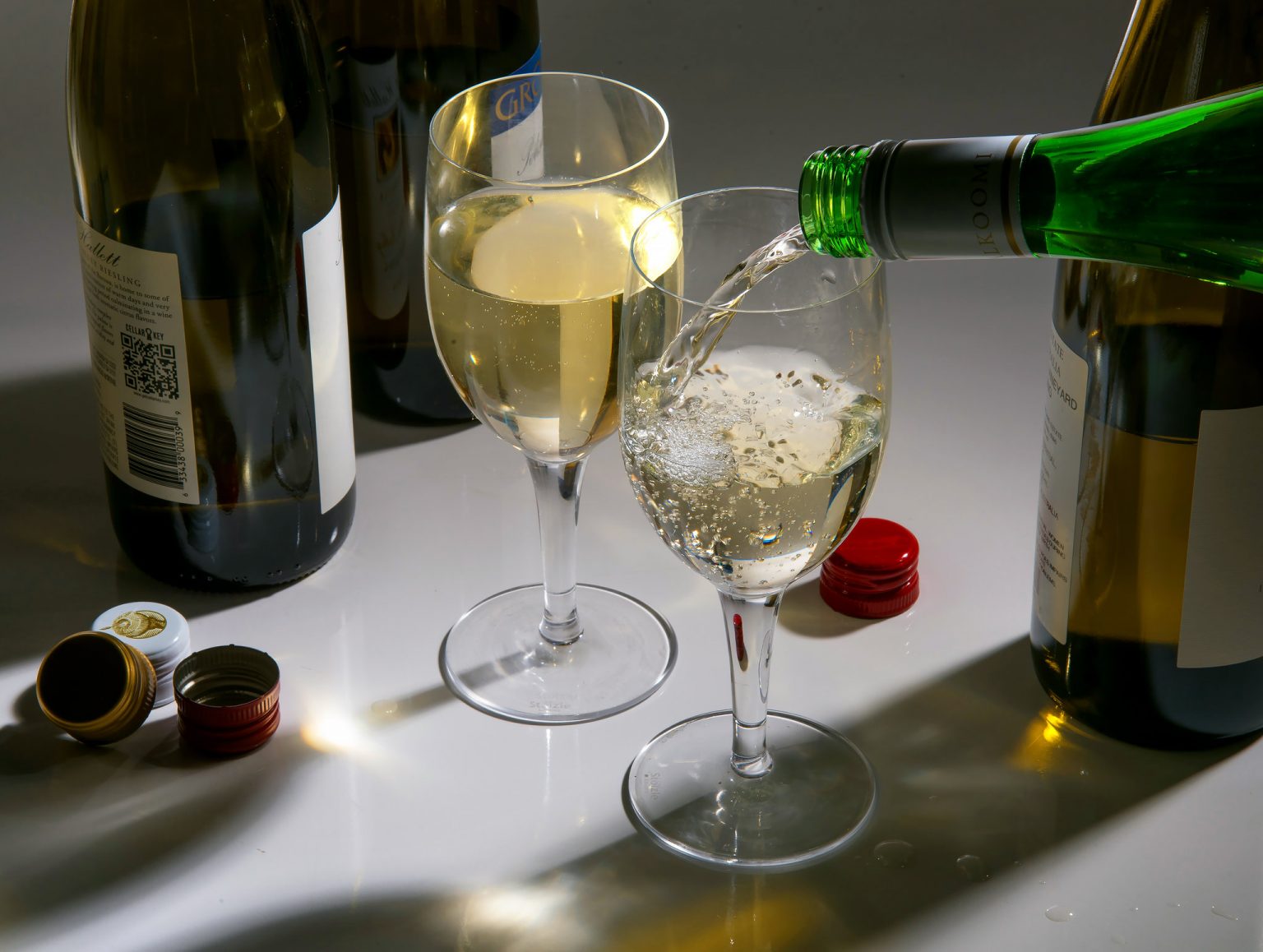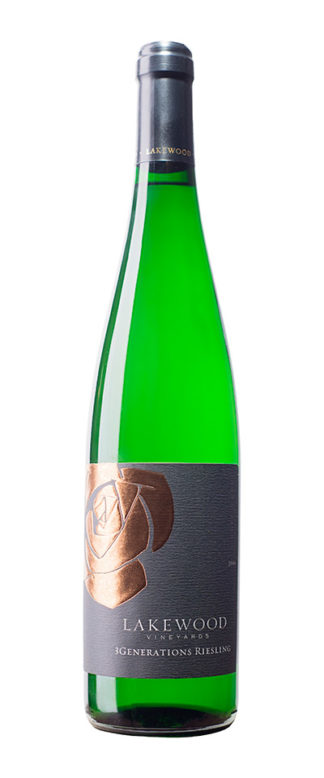
By embracing tradition, respecting terroir, and making a concerted effort to better communicate the countless virtues their wines have to offer, they have succeeded in putting Alsace back on the map.Ĭrafted from a number of grape varieties and beautifully interpreting the region’s mosaic of soil types, our Alsace imports are by and large dry whites offering exceptional versatility at table. The good news, on the other hand, is that a new wave of quality-oriented growers is working hard to put Alsace in its rightful place as one of the world’s most fascinating sources of fine white wine. In spite of its long history of viticulture and tremendous diversity of pedigreed terroirs, a past fraught with marketing mishaps has left consumers baffled as to what exactly to expect inside one of these mysterious tall, thin bottles. Tragically, Alsace might be the most misunderstood wine region of France. Geisberg Riesling, when worked by a master vigneron, is a thoroughbred of a wine-racy and pure, of great breed and precision-a grandiose sculpture of time and place. The results have been nothing short of breathtaking. We were therefore thrilled when we learned that our own Kuentz-Bas managed to acquire two hectares, or nearly a quarter of this hallowed ground. It is also one of the smallest grands crus in Alsace, with only a handful of growers working its slopes. Its steep slopes, terraced in stone, rise majestically above the gorgeous village of Ribeauvillé. Many consider Geisberg one of the three best vineyard sites for Riesling in Alsace. The grand cru Geisberg is an exception, made from an extremely special terroir thirty minutes to the north. Situated in the town of Husseren-les-Châteaux, not far from Colmar, its vineyards span an area of ten hectares on the slopes around the village.


Maison Kuentz-Bas was first established by the Kuentz family in 1795, and the domaine as we know it today was forged through a marriage that joined the Kuentz and Bas families one hundred years later.


 0 kommentar(er)
0 kommentar(er)
